Google has confirmed that the Pixel 10 lineup will receive an important GPU driver update in the coming months, a move aimed at addressing user concerns over graphics performance, gaming smoothness, and compatibility with demanding visual applications. This marks one of the company’s most notable efforts to fine-tune the performance of its custom Tensor G5 processor and its integrated graphics engine.
Aiming for a Stronger GPU Experience
The Pixel 10 series, powered by Google’s in-house Tensor G5 chip, made headlines earlier this year for its advanced AI features and camera capabilities. However, despite strong performance in daily use, several tech analysts and early adopters pointed out that its GPU performance lagged behind rival flagship devices, especially in gaming benchmarks and heavy 3D rendering.
Google has now confirmed that it is preparing a series of GPU driver updates designed to optimize the Tensor G5’s graphics capabilities. These updates will arrive as part of upcoming monthly and quarterly system patches. According to internal testing data shared within the developer community, the updates aim to improve both performance stability and graphical fidelity in demanding mobile applications.
What Exactly Is a GPU Driver Update?
In simple terms, a GPU driver is the layer of software that allows the phone’s operating system and applications to communicate efficiently with the graphics processor. It tells the GPU how to process images, animations, lighting, and effects. A driver update can unlock optimizations that improve frame rates, reduce overheating, or enable support for new visual standards like Vulkan or advanced HDR rendering.
In the case of the Pixel 10, Google’s new driver update is expected to address issues such as frame stuttering, lower-than-expected benchmark results, and inconsistent performance across different Android games.
Why the Update Matters
This is not just a routine patch. Google’s decision to issue specific GPU driver updates represents a broader commitment to long-term device optimization — something users have demanded for years. Many smartphone makers rarely update their GPU drivers once a device is released, leaving users with outdated graphics software even if the hardware itself remains powerful.
By promising continuous GPU driver support, Google is signaling a shift toward a PC-style update model, where ongoing driver maintenance ensures devices remain optimized for new apps and technologies. This could become a differentiator for the Pixel brand, appealing to users who expect smooth performance for years rather than months.
The Tensor G5 GPU: Capable but Underused
The Tensor G5 processor inside the Pixel 10 features a custom-tuned GPU built in partnership with Imagination Technologies. On paper, it offers high processing throughput and power efficiency. However, performance reports suggested that early firmware and driver limitations were holding back its full potential.
Some users noticed lower gaming frame rates compared to phones using chips like Qualcomm’s Snapdragon 8 Gen 4 or Apple’s A18 Pro. Others reported that certain games did not render textures properly or defaulted to lower detail settings. These are precisely the kinds of issues that GPU driver updates can resolve.
Once updated, the Pixel 10 could potentially unlock new levels of stability and graphical quality. For example, frame rates in graphically intense games may rise from the low-50s to a stable 60 frames per second, while power efficiency improvements could reduce thermal throttling during extended gaming sessions.
Broader Benefits Beyond Gaming
While gamers are the most vocal about GPU updates, the improvements will extend beyond entertainment. A modern smartphone’s GPU is responsible for much more than games — it accelerates user-interface rendering, camera previews, video processing, augmented-reality features, and even AI-driven image enhancement.
This means that a more efficient GPU driver can improve the overall responsiveness of the device, make animations feel smoother, and even enhance photography workflows that rely on GPU-based computation. The update may also bring indirect improvements to features like real-time object recognition, live translation overlays, and other AI functions integrated into the Pixel experience.
A Step Toward Long-Term Software Sustainability
In an industry where most smartphones receive only major Android version updates and security patches, Google’s approach is refreshing. By providing ongoing GPU driver enhancements, the company sets a new precedent for maintaining hardware relevance over time.
If this strategy continues with future Pixel devices, it could extend the performance life cycle of each phone and reduce the feeling of forced obsolescence — an important step toward sustainability and user satisfaction.
Moreover, it aligns with Google’s broader environmental goals: encouraging users to hold onto their devices longer, reducing e-waste, and maintaining a better balance between innovation and longevity.
The Challenges Ahead
Despite the optimism, a few challenges remain. Driver updates can be complex to roll out because they interact deeply with system firmware and hardware layers. A poorly implemented driver can cause stability issues, crashes, or compatibility problems with older apps.
To prevent that, Google is expected to release the new GPU drivers gradually, starting with beta testers and then expanding to the wider Pixel 10 user base through over-the-air system updates. Early adopters will likely be asked to share performance feedback, which Google can use to fine-tune the rollout.
Another challenge lies in user perception. Not every improvement will be immediately visible. While some users may notice smoother gameplay or reduced battery drain, others might not perceive any dramatic change. However, the cumulative benefits over several months of updates could result in a much more polished experience overall.
What Users Can Expect
When the update arrives, Pixel 10 users can look forward to:
- Smoother frame rates in games and animations.
- Improved stability and fewer crashes in graphically demanding apps.
- Better energy efficiency, translating to slightly longer battery life.
- Enhanced compatibility with future Android updates and visual standards.
- Reduced overheating during extended gaming or video-editing sessions.
Looking Ahead
Google’s GPU driver commitment for the Pixel 10 signals an important evolution in the company’s hardware philosophy. Instead of treating each generation as an isolated release, Google appears to be focusing on an ecosystem approach where devices evolve and improve through continuous software tuning.
If successful, this model could set a new benchmark for Android device longevity — one that rivals the software support longevity traditionally associated with Apple’s iPhones.
Final Thoughts
The Pixel 10’s upcoming GPU driver updates are more than a technical patch; they represent Google’s growing maturity as a hardware manufacturer. By investing in the long-term optimization of its Tensor platform, the company is ensuring that users get better performance, longer device life, and a smoother experience overall.
For Pixel 10 owners, this is a promising development — one that could transform how we think about smartphone performance maintenance. Rather than waiting for next year’s hardware to deliver improvements, users can now look forward to performance growth through continuous software evolution.

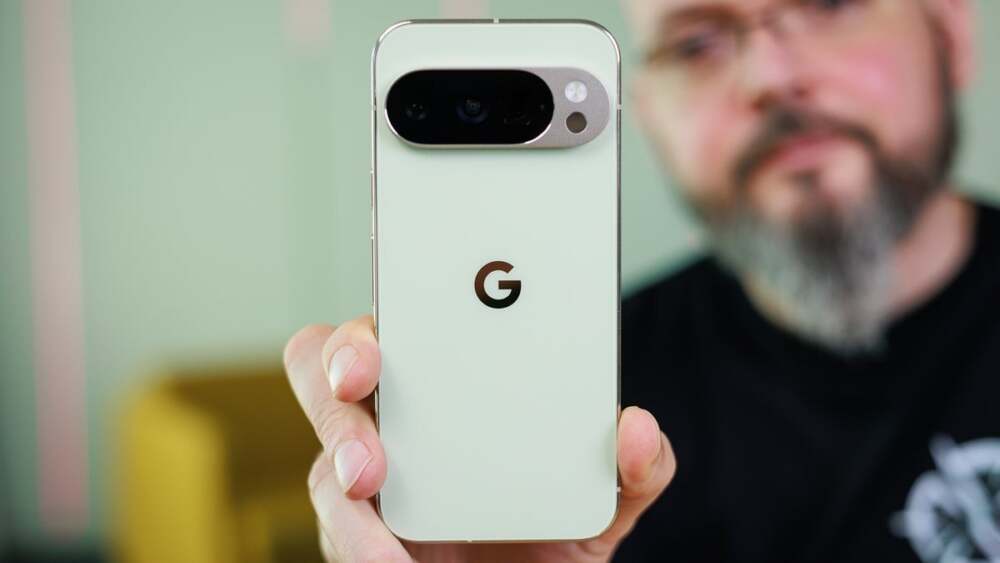
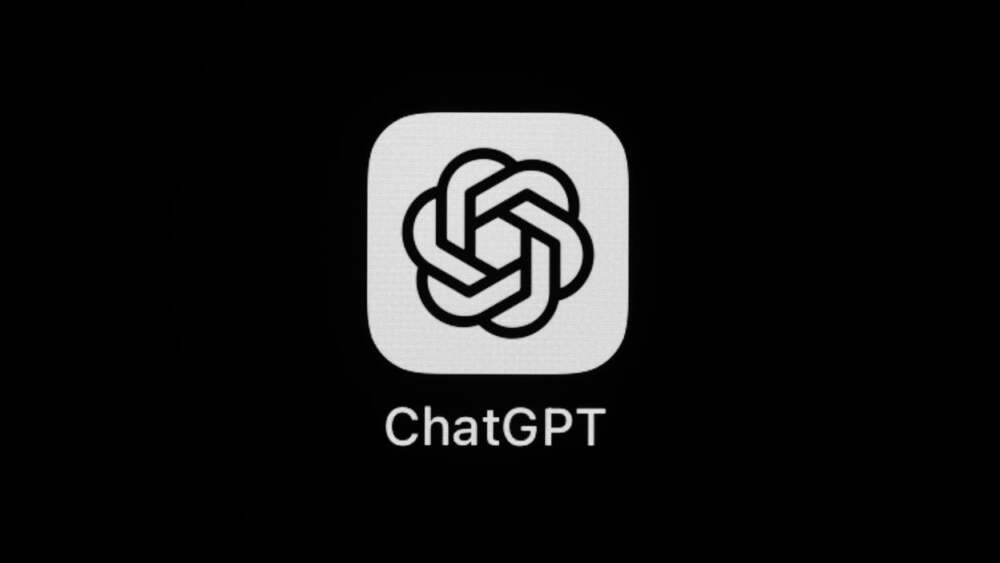
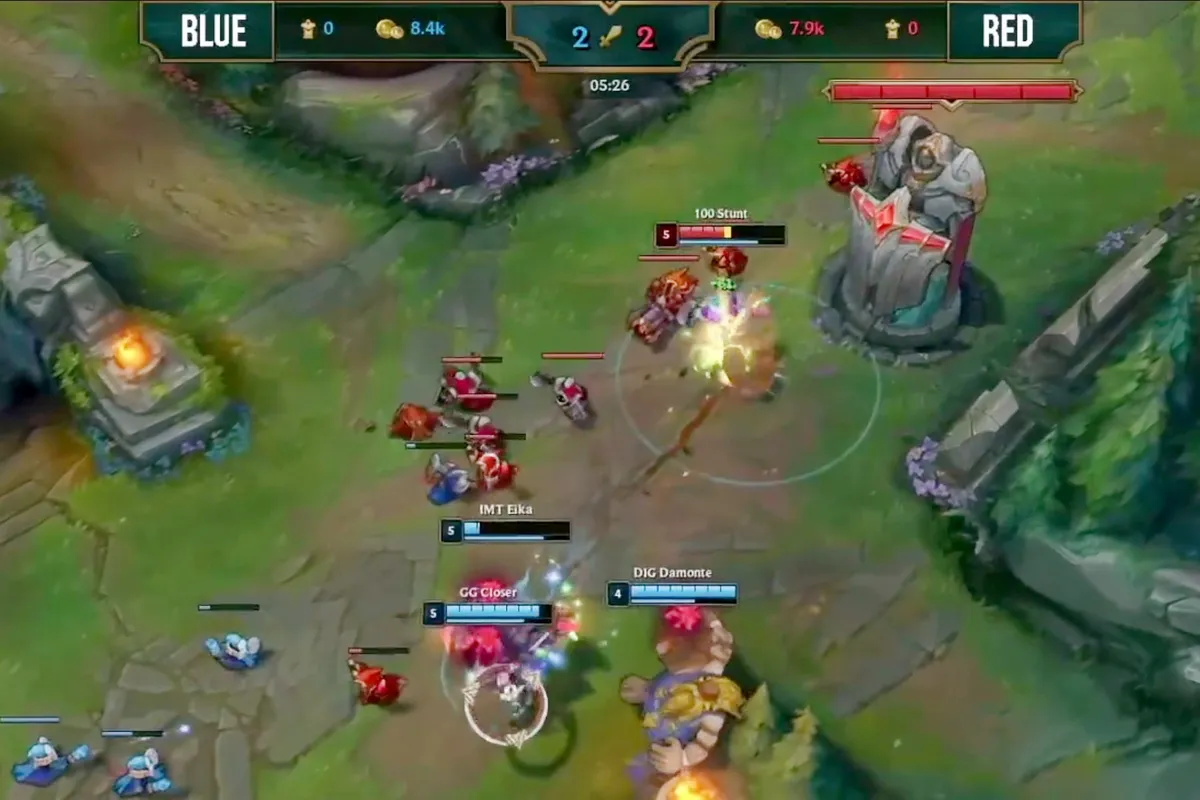

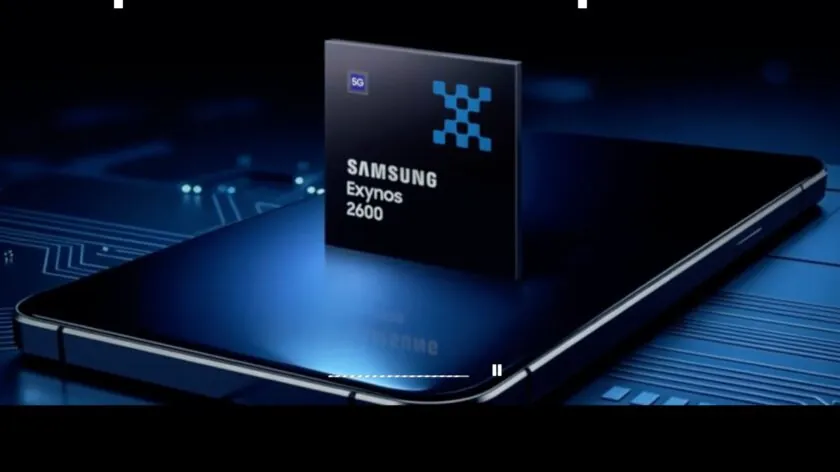

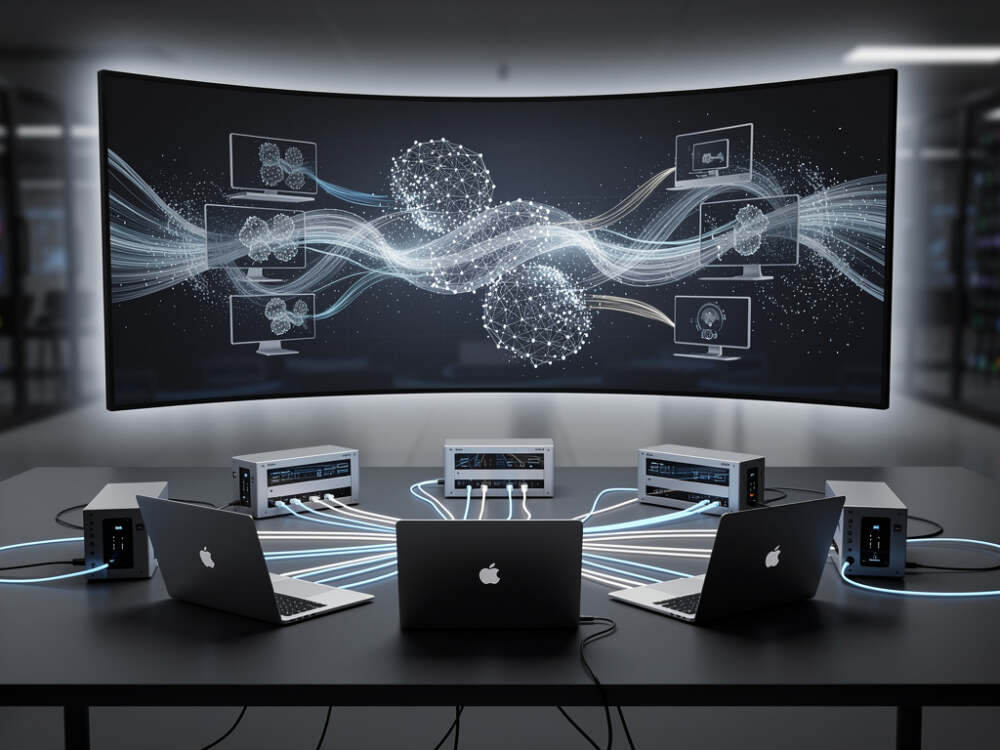
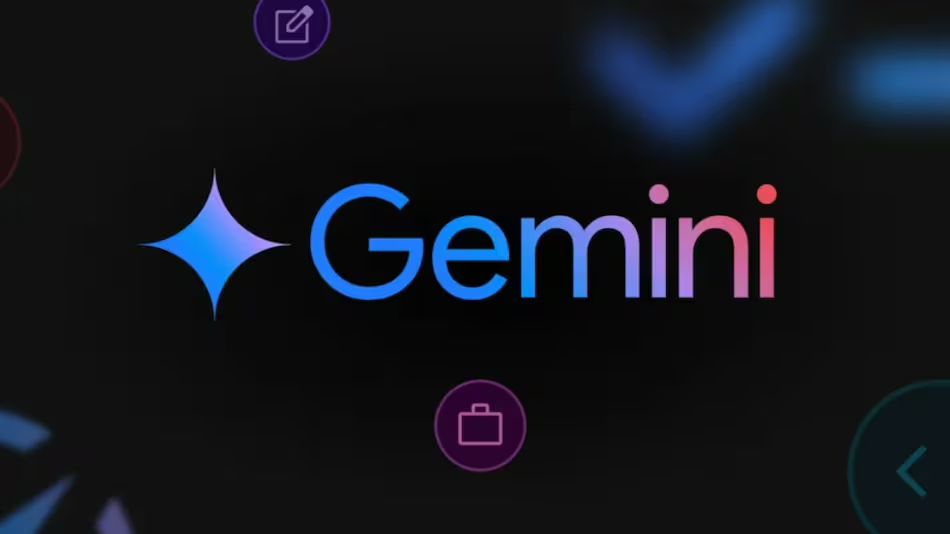
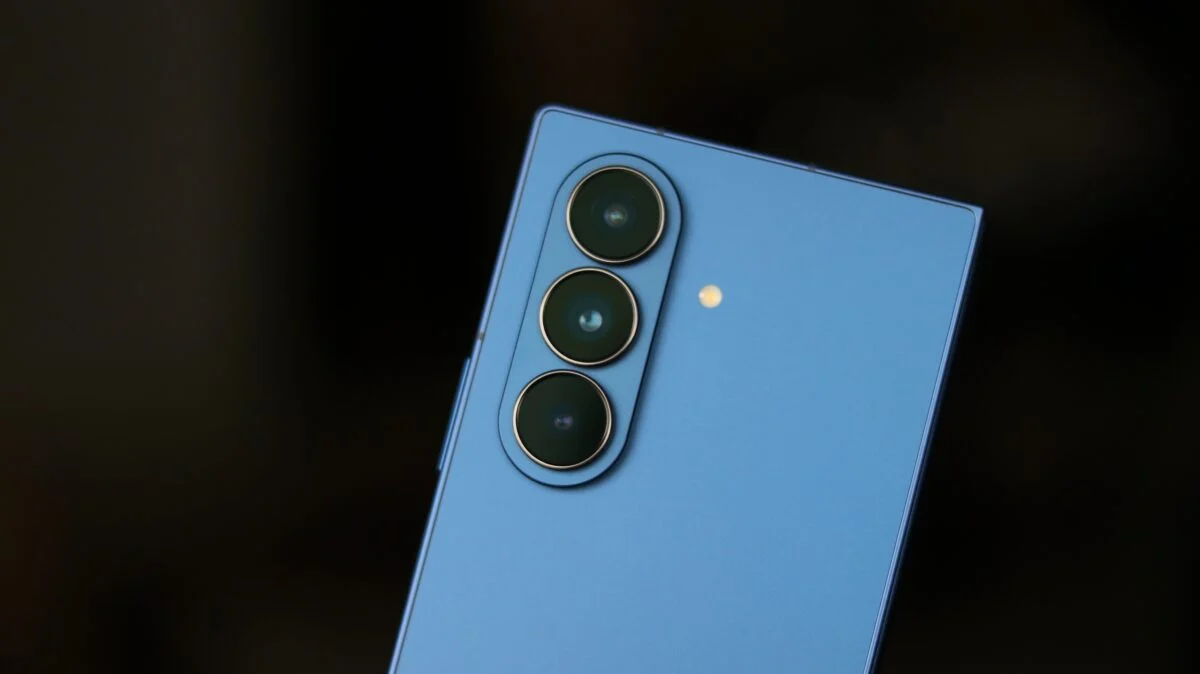
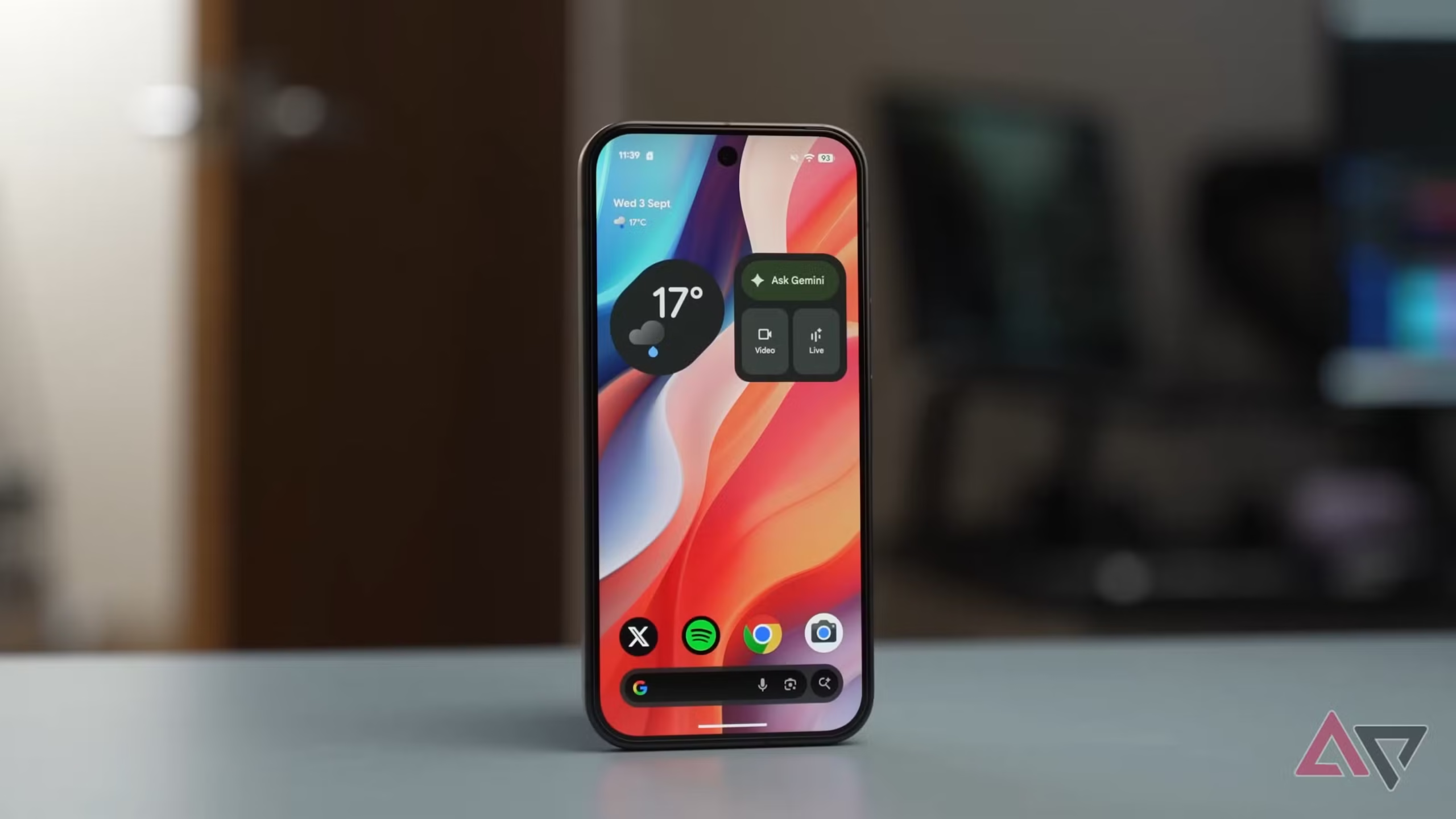
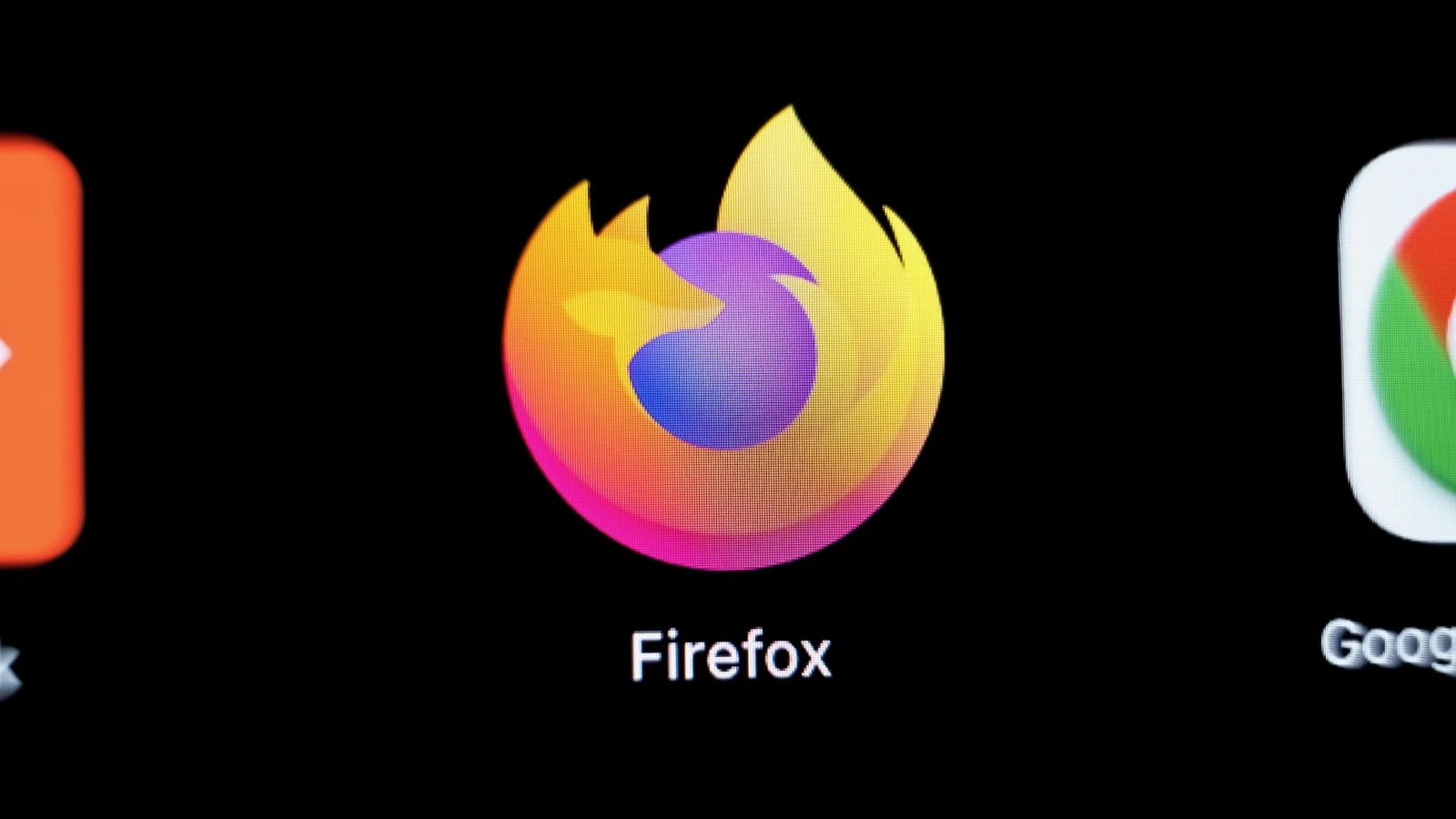
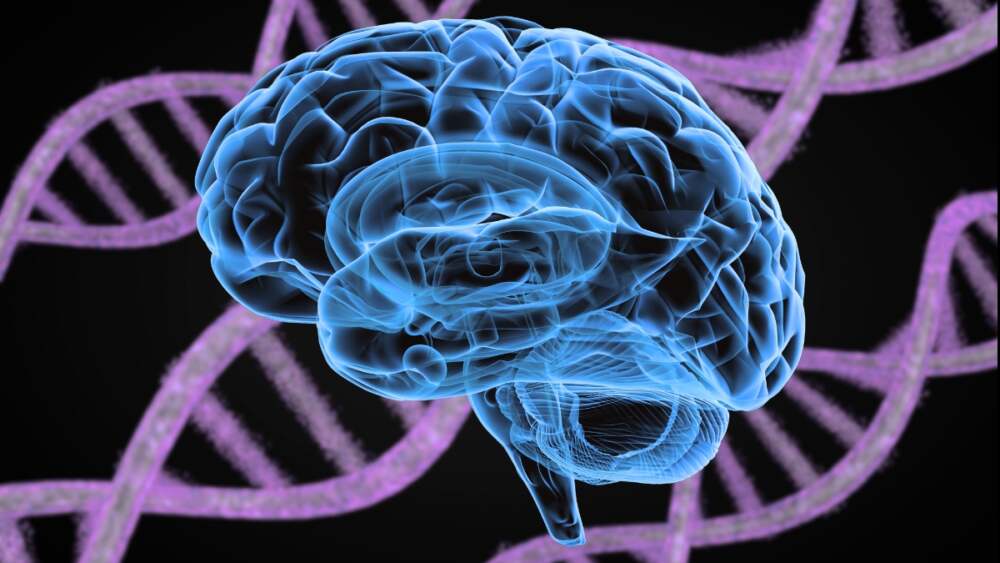



Leave a Reply